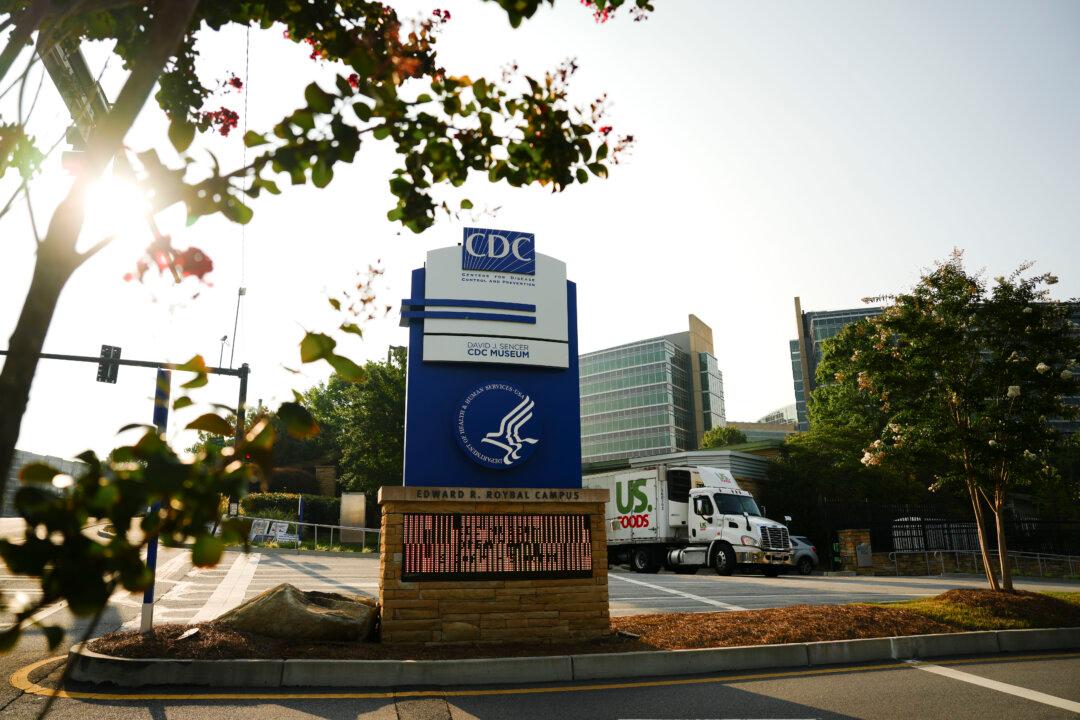President Joe Biden’s administration announced May 10 it is committing nearly $200 million to try to stem the spread of the highly pathogenic avian influenza, or the bird flu.
The U.S. Department of Agriculture (USDA) is spending $98 million to help farmers buy masks and other protective equipment, develop biosecurity plans, and cover veterinary costs.
In addition, dairy farmers will be compensated for the loss of milk production from infected cattle, whose supply drops dramatically when they become sick, officials said. And dairy farmers and farm workers would be paid to participate in a workplace study conducted by the USDA and the Centers for Disease Control and Prevention (CDC).
Each farm could receive up to $28,000 under the effort, which draws on existing funds.
The USDA said it would make clear how farmers can apply for the new funds soon.
The National Milk Producers Federation, a trade organization representing dairy farmers, said it welcomed the new resources. “Care for farm workers and animals is critical for milk producers, as is protecting against potential human health risks and reassuring the public,” the group said in a statement.
The incentives should help increase farmers’ willingness to test their herds, said Keith Poulsen, director of the Wisconsin Veterinary Diagnostic Laboratory, who has been monitoring the outbreak. “It provides the latitude and capacity to start going in the right direction,” he said.
The U.S. Department of Health and Human Services (HHS) is spending another $101 million on developing tests and vaccines, ramping up surveillance, and conducting genomic sequencing.
That includes developing tests that can be used to detect the avian influenza, or H5N1, which recently jumped from birds to cattle, and stockpiling some one million of the tests once they’re developed.
Authorities announced the first bird flu cases in cattle in the spring, but have since said sequencing indicates the jump happened in late 2023.
The only human case, apart from one in 2022, was confirmed in April in a Texas worker who has since recovered after suffering from eye inflammation.
More than 220 people exposed to cattle with the bird flu have been monitored in one form or another, Todd Davis, the acting chief of the CDC Influenza Division’s Virology, Surveillance and Diagnosis Branch, told an international event this week. Several dozen have actually been tested, with all but one testing negative.
Mr. Davis said that the CDC is working with state and local officials to start serology studies in farm workers, which could help shed more insight on whether there have been undetected infections. “We hope to have more information very soon,” he said.
The CDC recommends people exposed to animals with confirmed cases of H5N1 monitor themselves for 10 days for new symptoms, including eye inflammation. If they start showing symptoms, they’re encouraged to quickly seek medical treatment and testing, and isolate themselves otherwise until it’s confirmed they do not have H5N1.
The CDC also advises people avoid direct contact with sick or dead animals, including birds. Farm workers should wear protective gear when within six feet of dead or sick animals, according to the agency.
As of Friday, 42 herds in nine states have confirmed infections in dairy cows. Infections in six of the herds were confirmed by the USDA on Thursday or Friday, the first since April 25.
Agriculture Secretary Tom Vilsack said that the outbreak has not spread more widely.
“It’s still in the same nine states and that’s the most positive thing about where we are,” he told reporters.
Some outside scientists say such statements may not be true, in part because some farms have rebuffed testing attempts.
“We just don’t know exactly how many infected cows there are, where they are, or how many may have been very mildly infected and not detected,” Bill Hanage, associate professor of epidemiology at Harvard T.H. Chan School of Public Health, said in a statement released by the university.
Under a federal order issued last month, farmers are required to test lactating dairy cattle for H5N1 before the animals are moved between states. So far, just 80 cows have been tested, according to Mr. Vilsack. Mr. Poulsen estimates that some 50,000 of the animals cross state lines every week.
Some pasteurized milk samples tested positive for the bird flu but tests on the samples found no intact virus, according to federal regulators. They said Friday that egg inoculation testing of the samples also returned negative.
Testing of beef has also found no live virus, and there have been no changes to the virus that would signal increased possibilities of people becoming infected or transmitting the illness, authorities say.
“The risk to the public from this outbreak remains low,” HHS Secretary Xavier Becerra told reporters.




